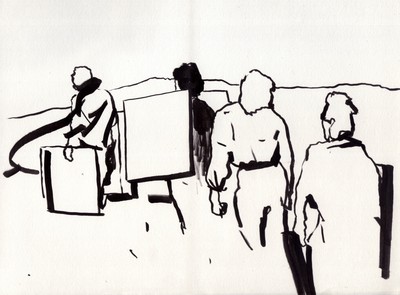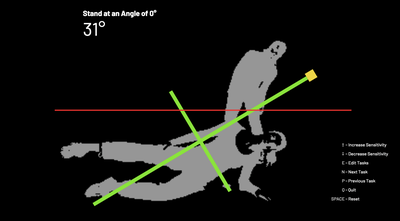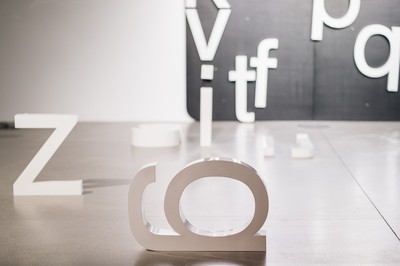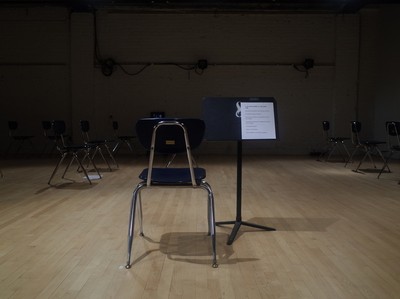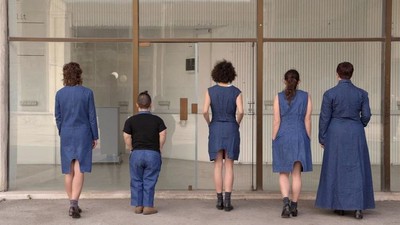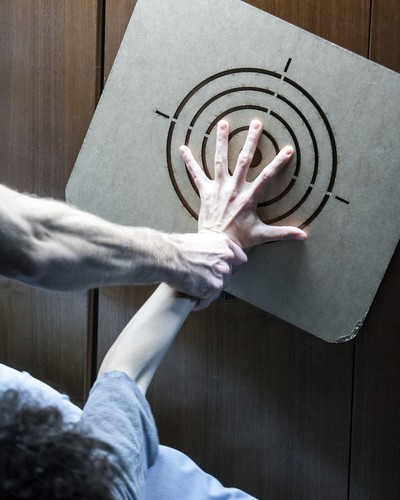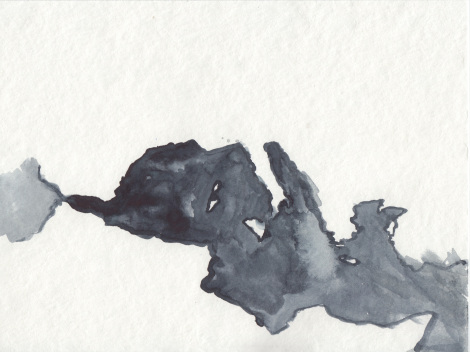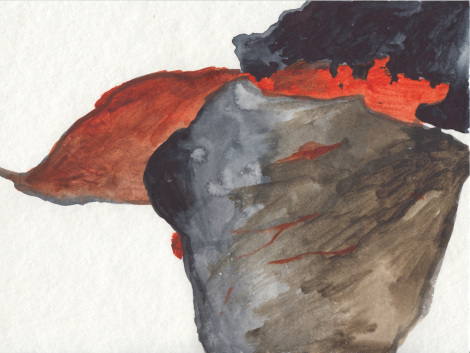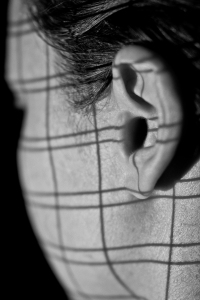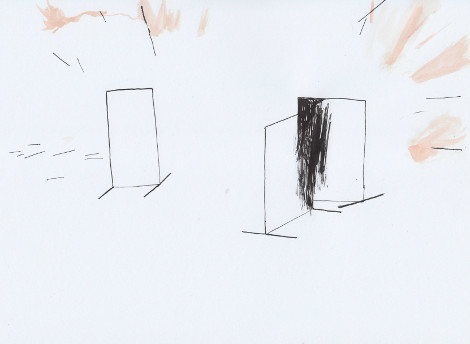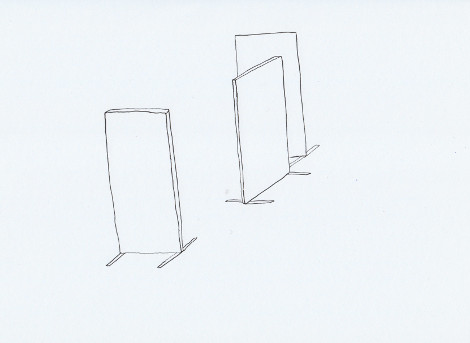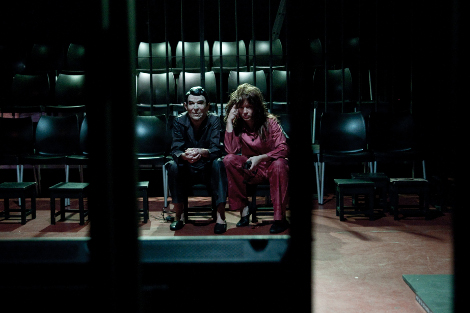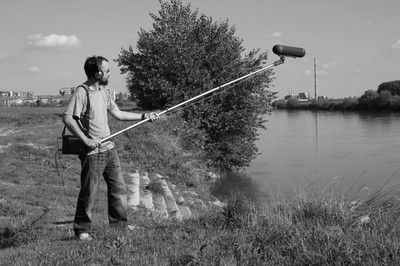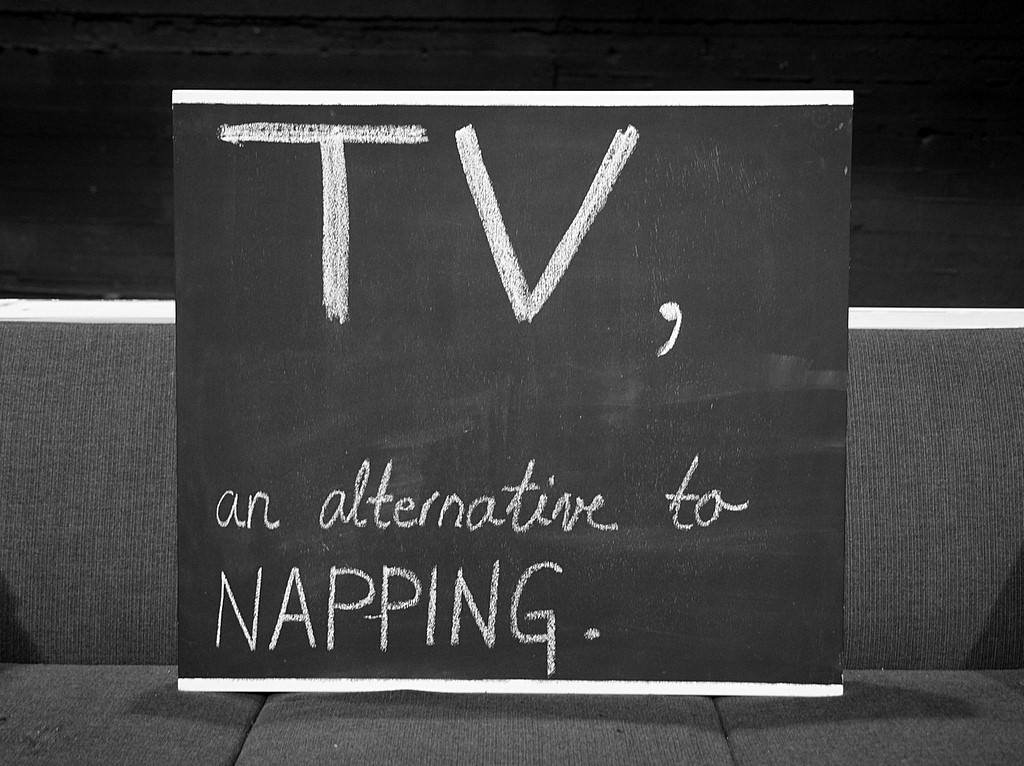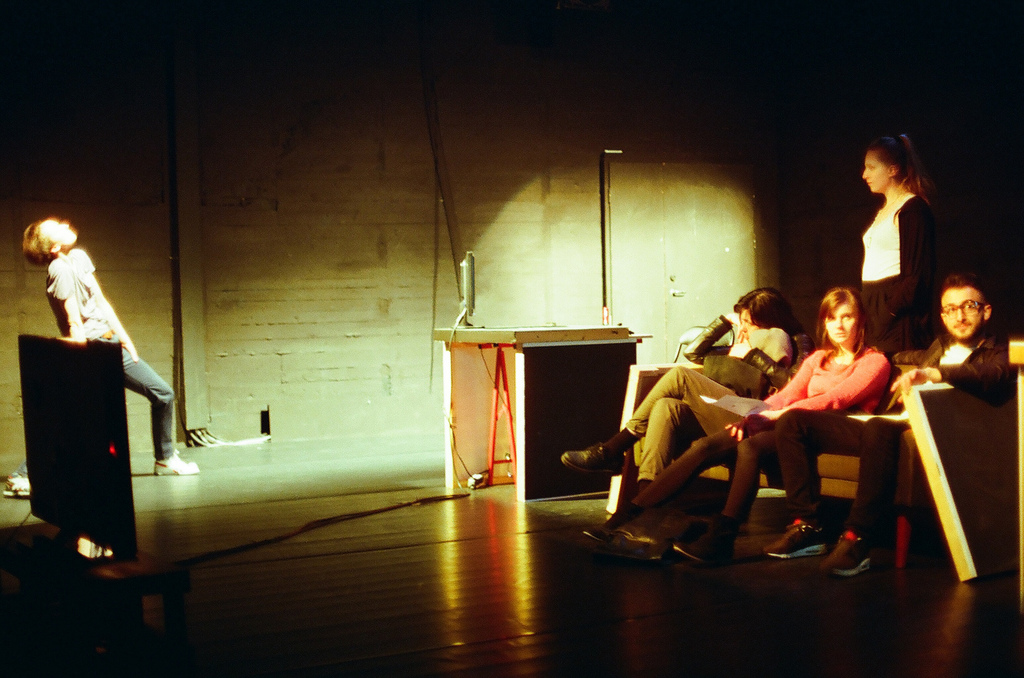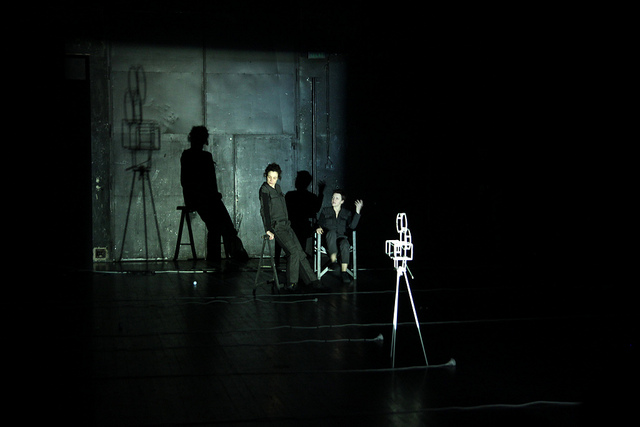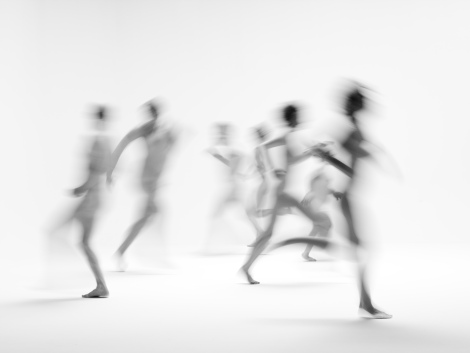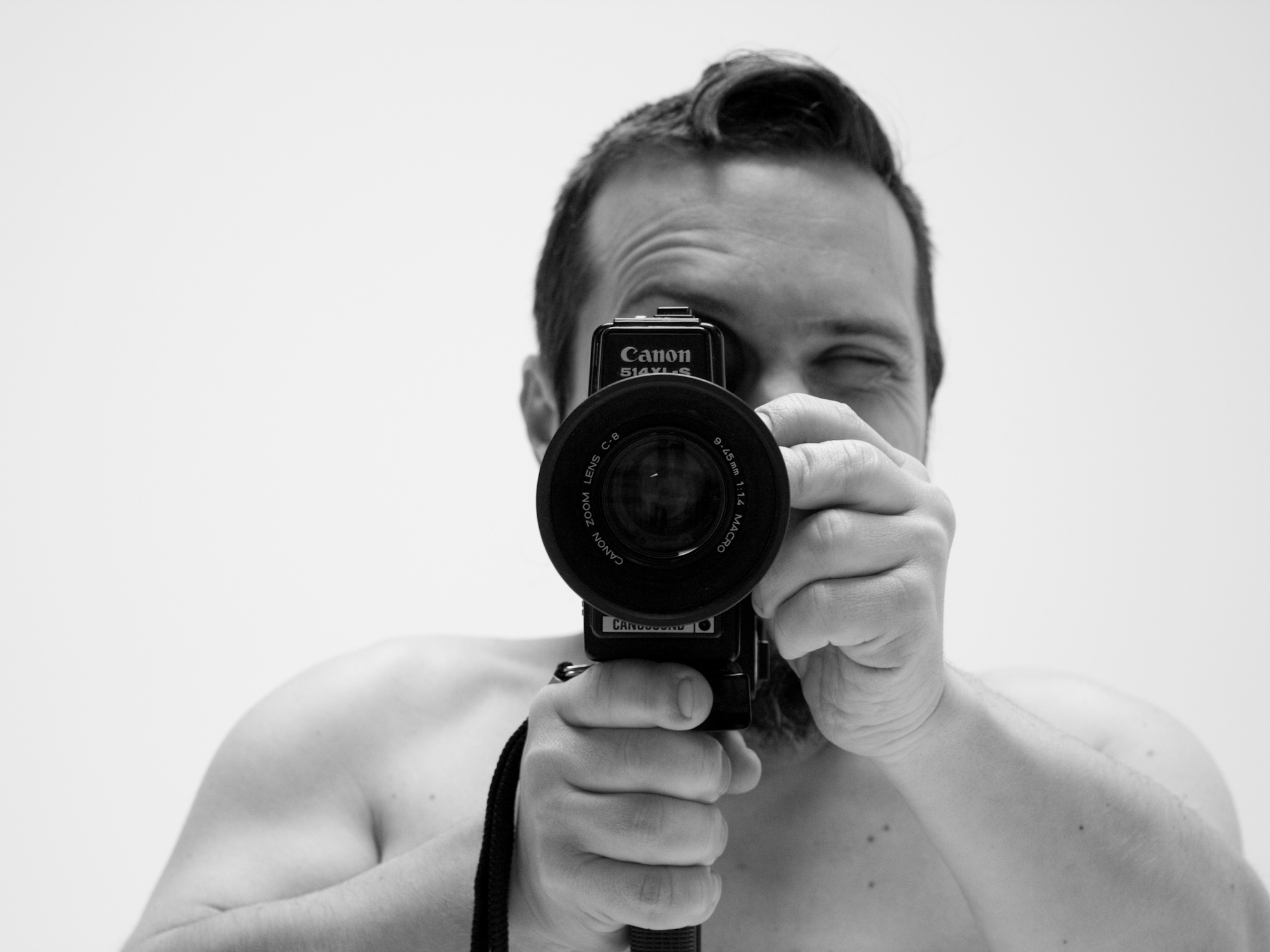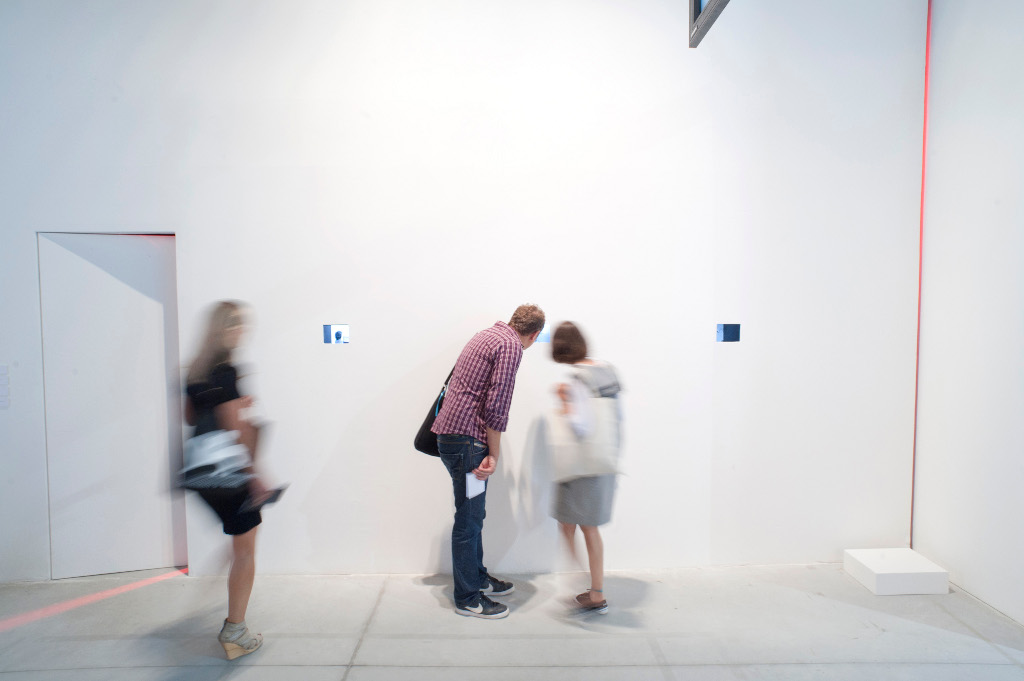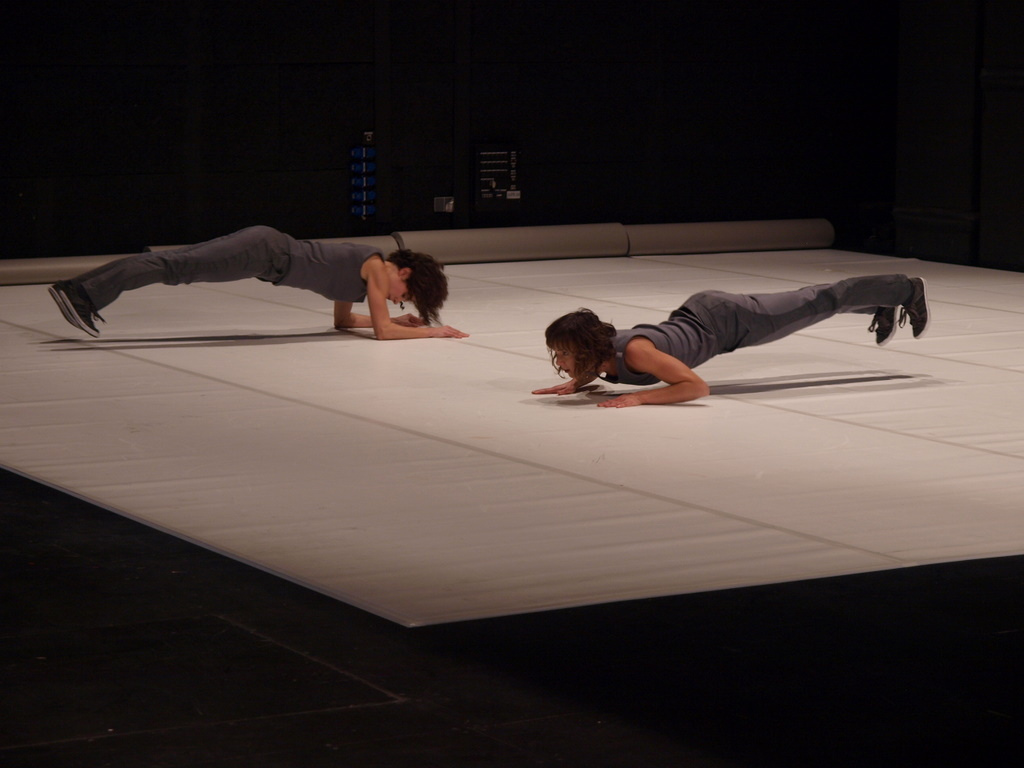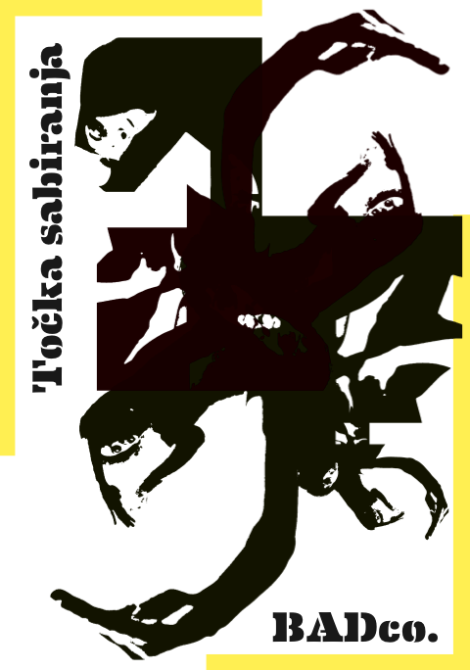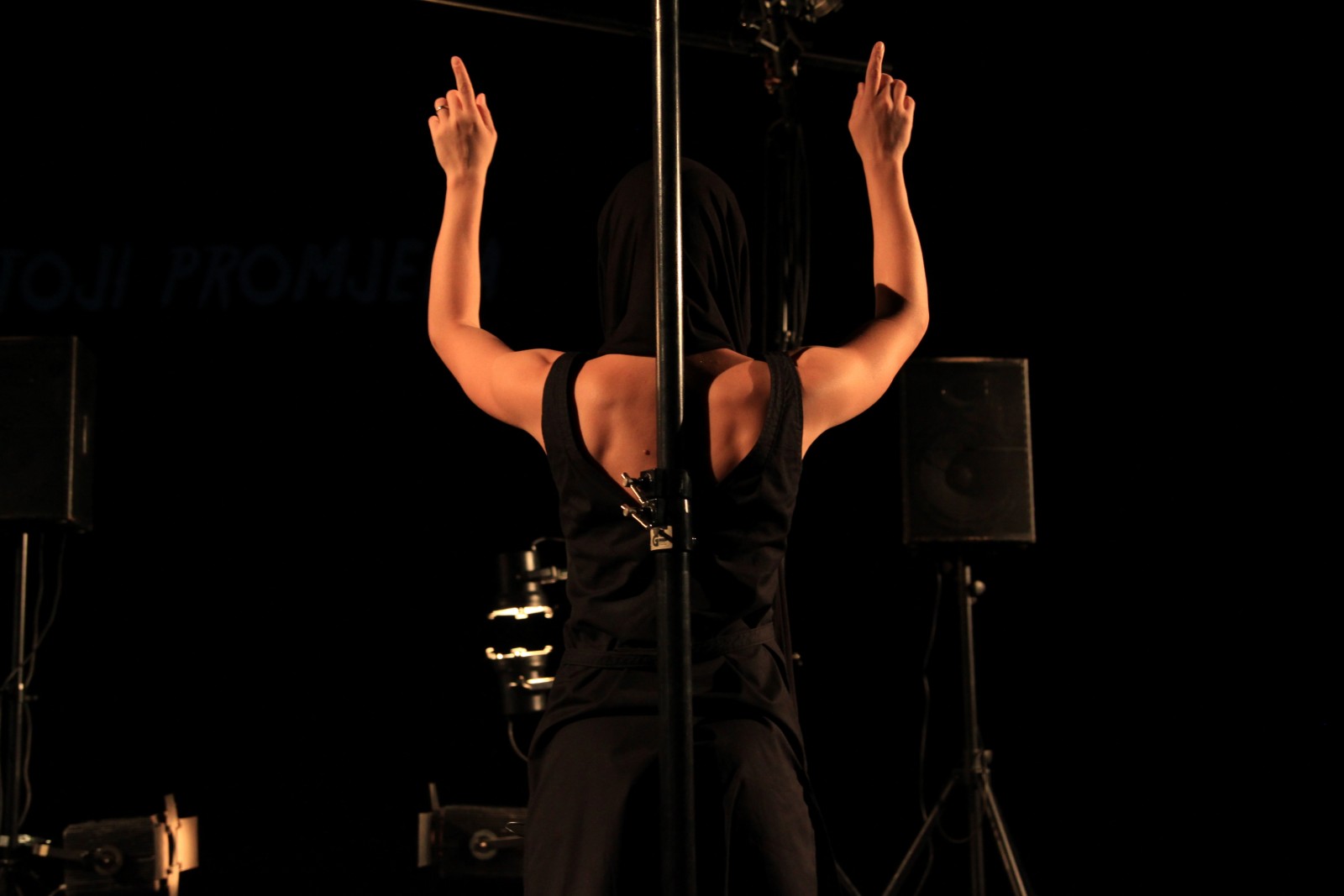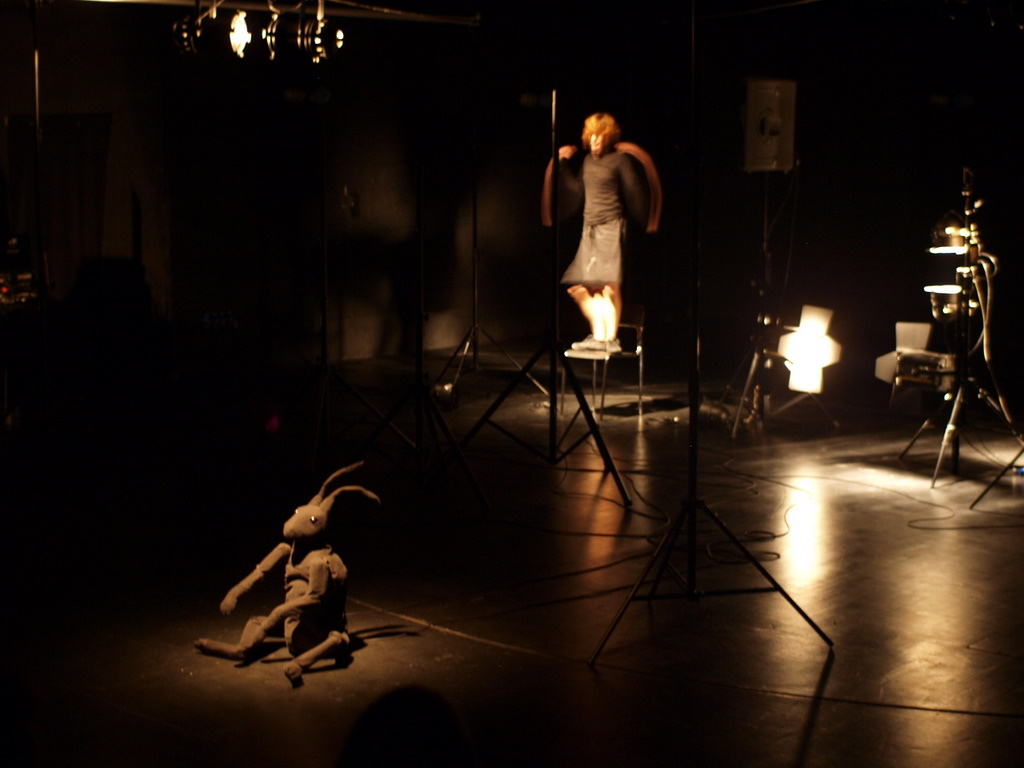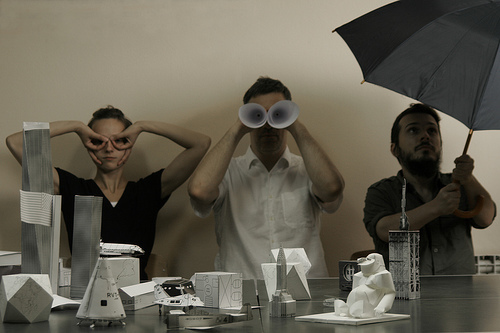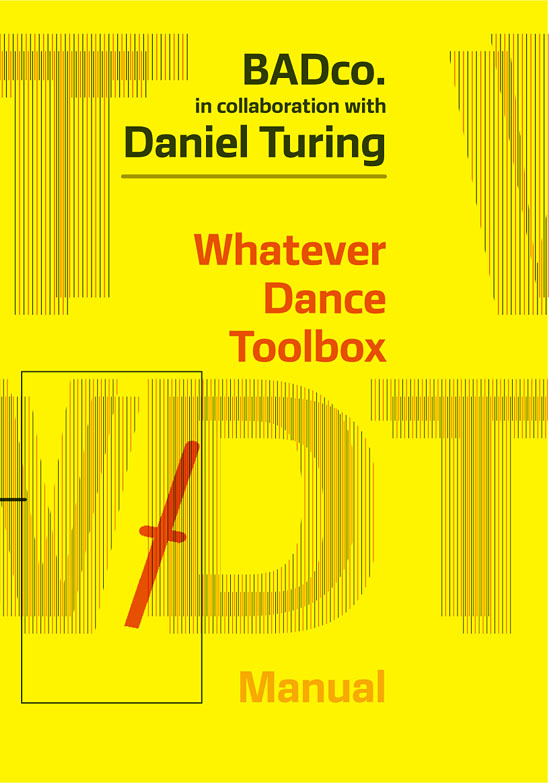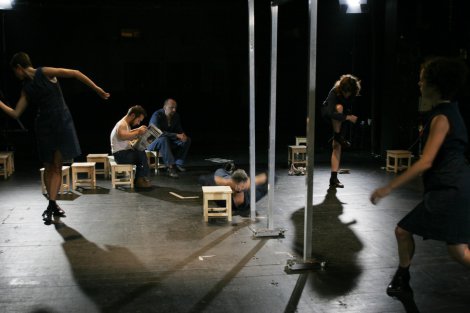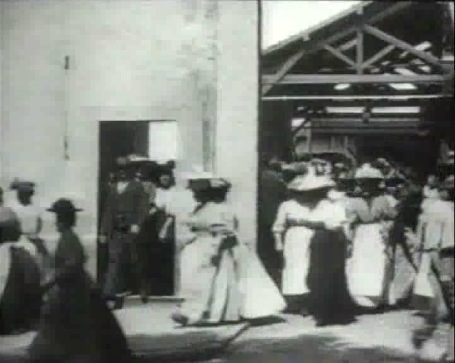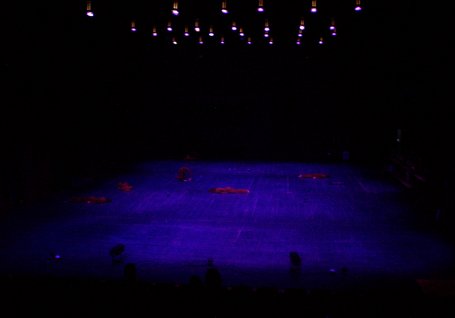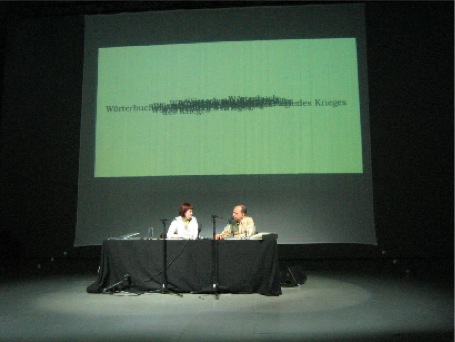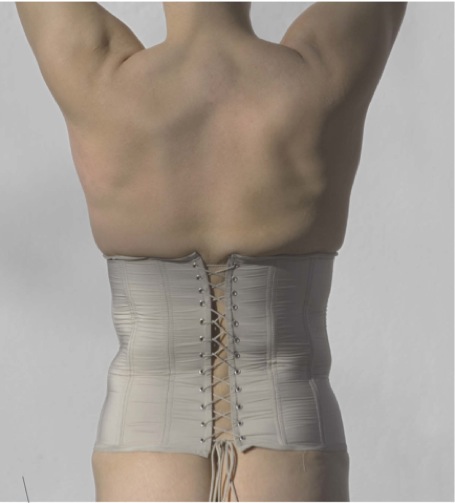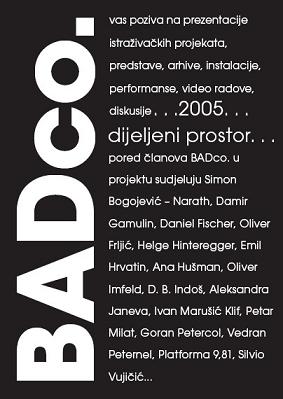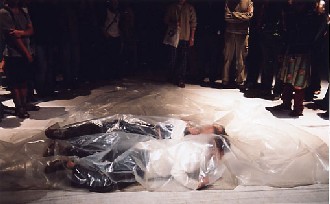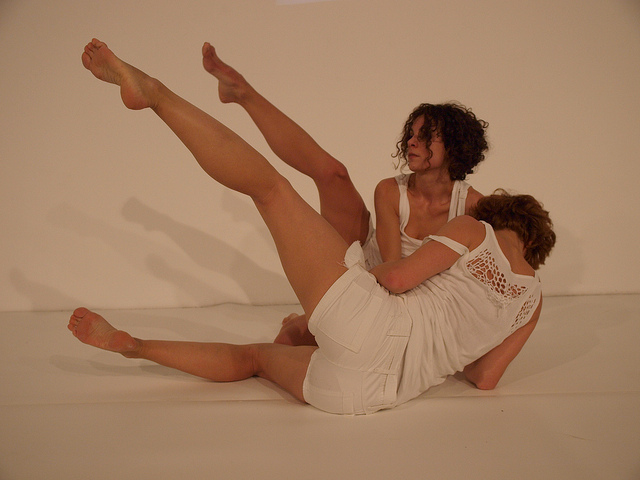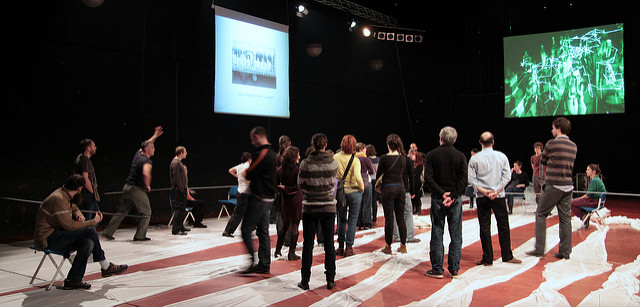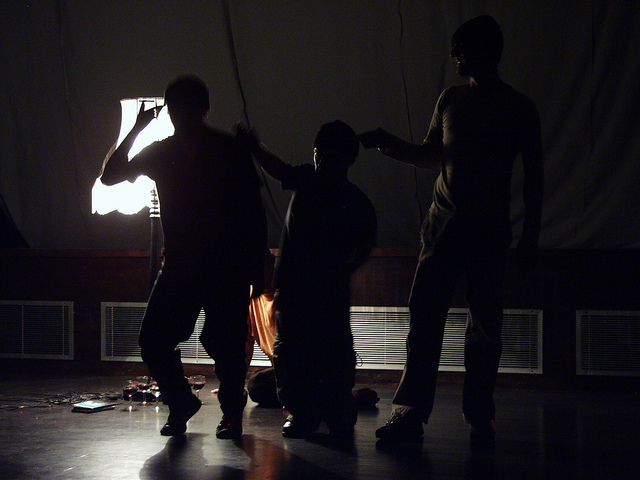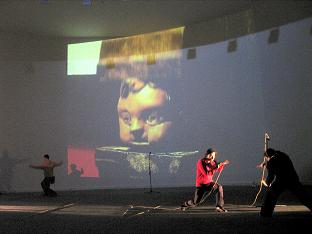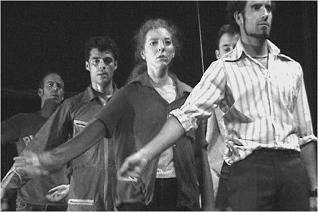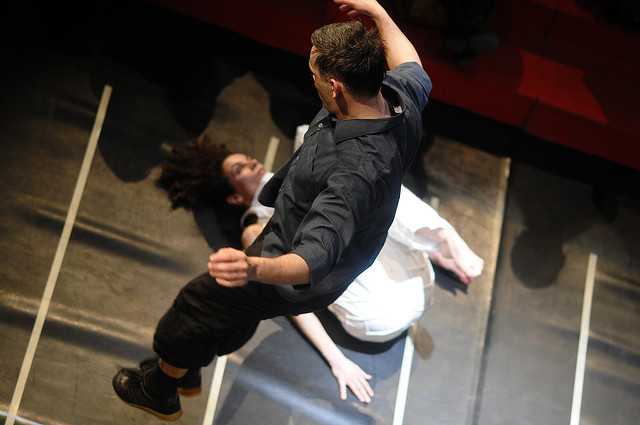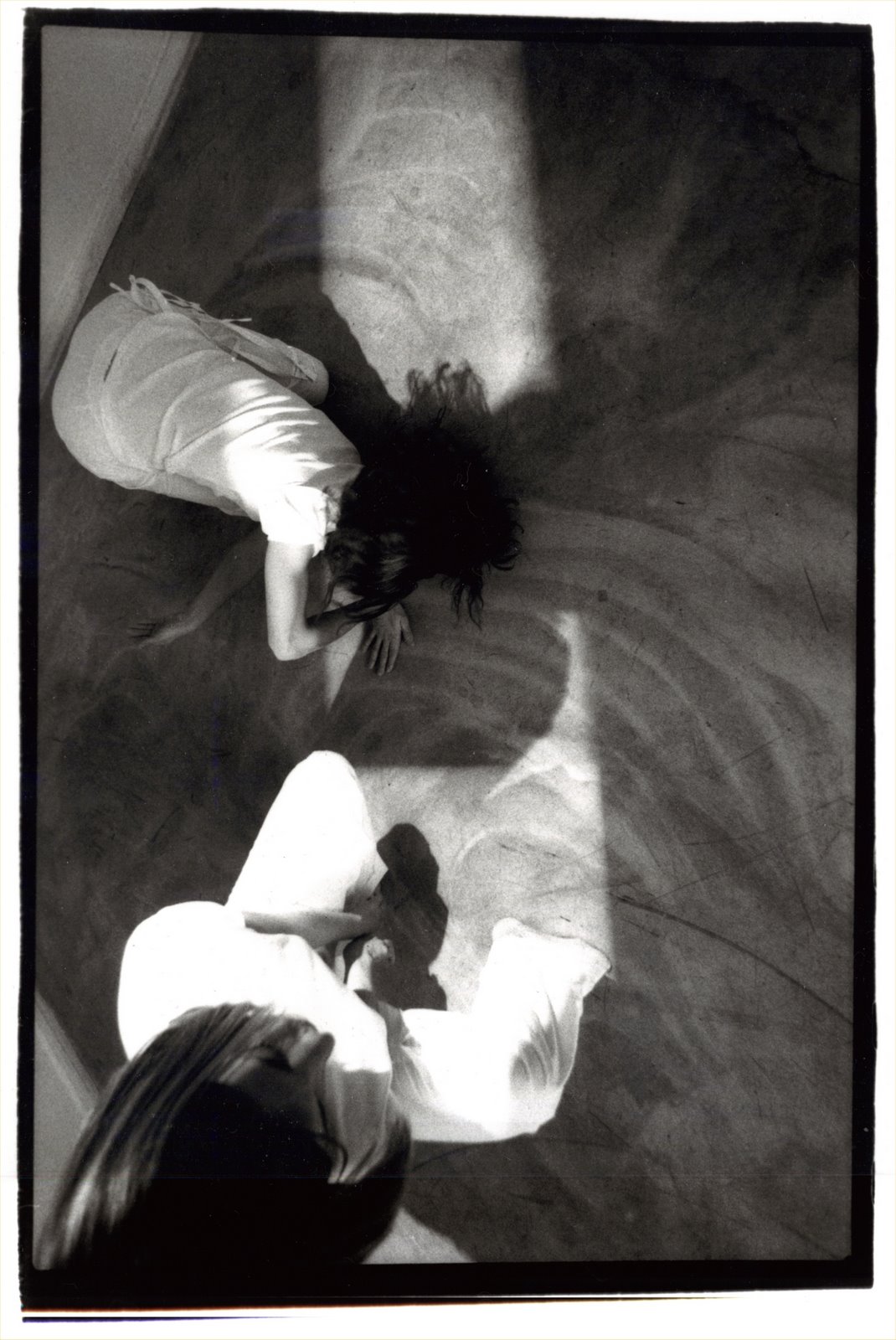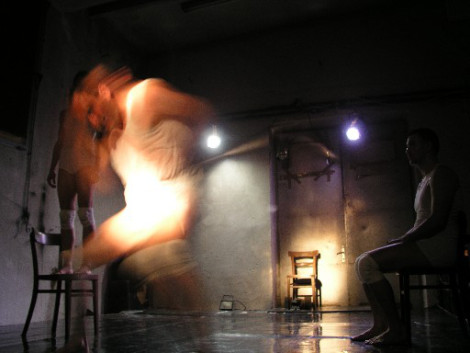
Inspired by the novel “The Stranger” by Albert Camus
Departing from the problem of the absence of (com)passion and expected emotional reactions, the STRANGER project, using Camus’s antihero Meursault, provides a view of the social and systemic hypocrisies that are hidden behind relationships based on transparency. This stage reading of THE STRANGER focuses on three dominant images borrowed from the novel: the situation of confession, prison, and the moment of the murder itself as the point where all of the novel’s forces accumulate. Shedding light on a narrative and discourse as an attempt to explain what happened generates the level of confession, the law of transparency. Constructing a transparent choreographic score examines, in terms of mise-en-scène, the performative potency of the situations and atmospheres inscribed in the novel. Finally, with light literally shed upon it, the murder, as the central point in the narrative, is presented as a tableau of a continual threat and a stage image that constantly remains incomplete in the spectator’s eye, in its poetic character, always incomplete in waiting for a visual release, unclear because too clear.
Goran Sergej Pristaš – directing
Goran Ferčec – dramaturgy and text
Nikolina Pristaš – choreography and performance
Zrinka Užbinec – choreography and performance
Ana Kreitmeyer – choreography and performance
Petar Milat – textual contribution and performance
Alen Sinkauz – music and performance
Nenad Sinkauz – music and performance
Siniša Ilić – drawings and stage design
Silvio Vujičić – costume design
Alan Vukelić – light design
Jasmin Dasović – sound design
Iva Dežmar – mask
Lovro Rumiha – production
Special thanks – Maria Tsitroudi, Anders Paulin
They always came for one at dawn; that much I knew. So, really, all my nights were spent in waiting for that dawn. I have never liked being taken by surprise. When something happens to me I want to be ready for it. That’s why I got into the habit of sleeping off and on in the daytime and watching through the night for the first hint of daybreak in the dark dome above. The worst period of the night was that vague hour when, I knew, they usually come; once it was after midnight I waited, listening intently. Never before had my ears perceived so many noises, such tiny sounds. Still, I must say I was lucky in one respect; never during any of those periods did I hear footsteps. Mother used to say that however miserable one is, there’s always something to be thankful for. And each morning, when the sky brightened and light began to flood my cell, I agreed with her. Because I might just as well have heard footsteps, and felt my heart shattered into bits. Even though the faintest rustle sent me hurrying to the door and, pressing an ear to the rough, cold wood, I listened so intently that I could hear my breathing, quick and hoarse like a dog’s panting—even so there was an end; my heart hadn’t split, and I knew I had another twenty-four hours’ respite.
Albert Camus: Stranger

In 1951 the abstract painter Willem de Kooning commented on the radical visuality unleashed by the atomic bomb. The advent of atomic light signaled, for de Kooning, the absolute transformation of visual representation: “Today, some people think that the light of the atom bomb will change the concept of painting once and for all. The eyes that actually saw the light melted out of sheer ecstasy. For one instant, everybody was the same color. It made angels out of everybody.”
An atomic visuality, forged in the spectacular visuality of the atomic or A-bomb, an A-visuality. De Kooning’s reflection on the atomic detonation and its effect on visual representation is marked by religious excitement and confusion. The sadistic metaphysics of his account, the cruel suggestion of redemptive ecstasy in the monochromatic annihilation, conveys de Kooning’s uneasiness in front of the atomic spectacle.
His language charts the limits of figuration before the visual event that may have changed “the concept of painting once and for all.” “The eyes that actually saw the light,” those who witnessed and understood (or were converted), also lost their vision; in the sacrificial logic of de Kooning’s passage, the witnesses exchanged their eyesight for a sublime visuality: the eyes of those witnesses “who saw the light melted out of sheer ecstasy.” Ecstatic, outside, blinded. The last form of light, perhaps, that anyone needed to see. The last light of history, according to de Kooning, or the light at the end of history. (…)
The atomic blast that melted the eyes of angels brought forth a spectacle of invisibility, a scene that vanishes at the instant of its appearance only to linger forever in the visual world as an irreducible trace of avisuality.
Akira Mizuta Lippit: Atomic Light
Excerpts from the following texts were used in the performance:
Albert Camus: The Stranger
Albert Camus: Summer in Algiers
Mahmoud Darwish: Identity Card
Books we refer to in the performance:
Akira Mizuta Lippit: Atomic Light (Shadow Optics).
Georges Didi-Huberman: Survivance des lucioles
Alexander Garcia-Düttmann: Visconti: Insights into Flesh and Blood
The film Juke box (1966) by Ante Verzotti is screened during the performance.
Premiere: June 27th and 28th 2015 @ Zagreb Dance Center, Ilica 10, Zagreb, Croatia
Project supported by: Zagreb City Council for Education, Culture and Sport; Ministry of Culture of Republic of Croatia, Zagreb Dance Centre.
Project is a coproduced by Perforations Festival (Domino)


